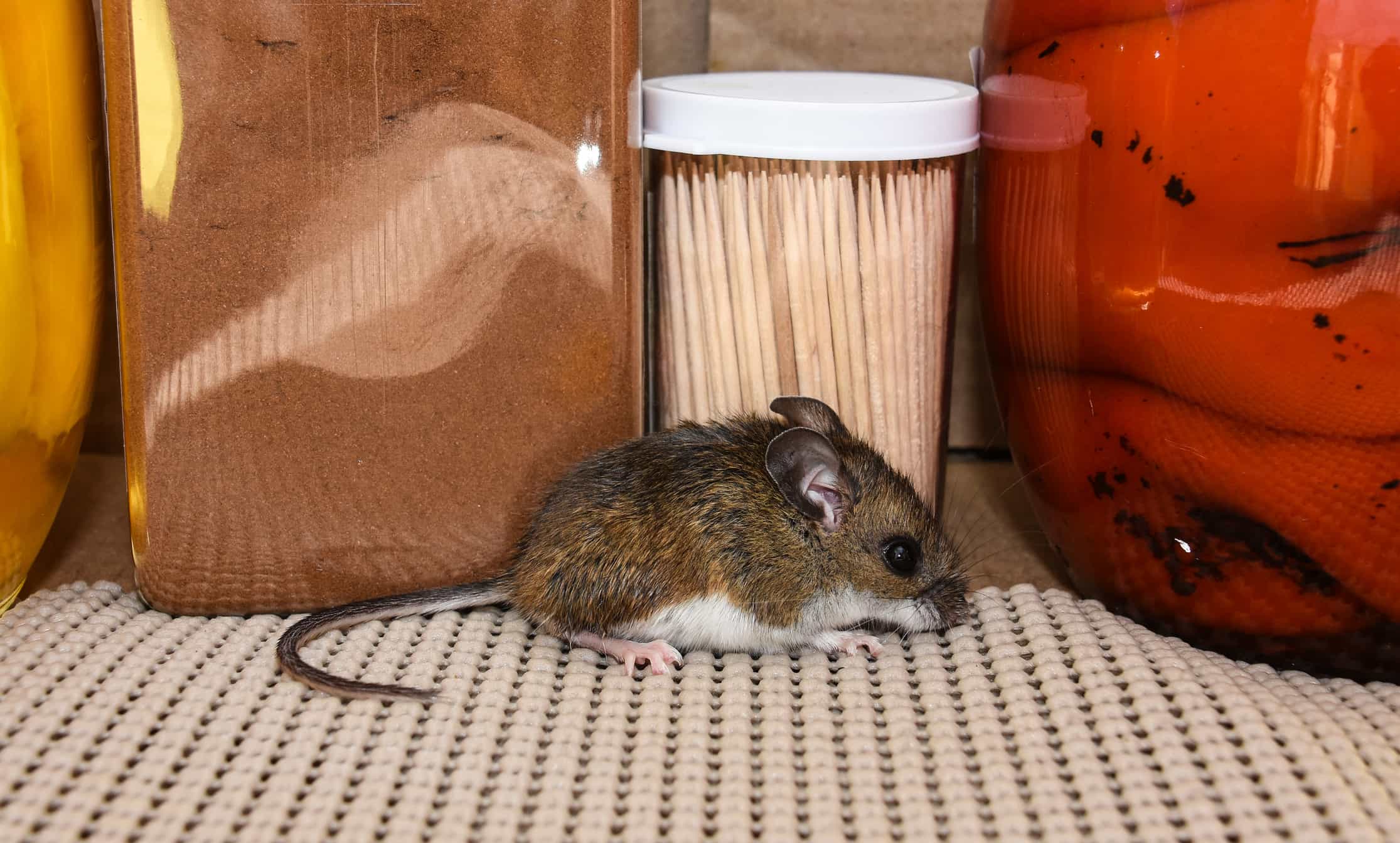If you’ve discovered mice in your garage, you’re not alone. Many homeowners in Massachusetts face this challenge, especially as the temperatures drop. Mice are naturally drawn to garages for shelter, warmth, and easy access to food. In this guide, we’ll explain why your garage might be attracting mice and how you can effectively seal and protect it from future infestations.
Why Are Mice Attracted to Garages for Shelter?
Garages provide the perfect environment for mice, especially during colder months. In Massachusetts, winters can be harsh, and mice seek out warm, dry places to build their nests. Garages offer shelter from the elements, especially if they are cluttered or filled with items that provide hiding spots. They also offer easy access to food and materials mice use for nesting.
Mice are drawn to these environments because garages are often less frequented than other parts of the house, giving them time to settle in without disturbance. Once inside, mice can quickly multiply, turning a small problem into a bigger infestation.
Why Are Garages Easily Accessible to Rodents?
Garages tend to have more entry points than other parts of a home, making them highly accessible to rodents. Common access points for mice include:
- Gaps around garage doors: Even the smallest openings around the garage door can be an open invitation to mice. A mouse can squeeze through a hole as small as a dime, so any cracks or gaps can be a significant problem.
- Cracks in the foundation or walls: Over time, garages may develop small cracks in the foundation or walls, especially in older homes or during harsh winters.
- Spaces around pipes or wiring: If your garage has plumbing or electrical connections, gaps around these areas can also provide easy access to rodents.
What Attracts Mice in Garages?
Mice are attracted to garages not only for shelter but also for food and materials they can use for nesting. Common items found in a garage that can lure mice include:
- Pet food: Many homeowners store pet food in the garage. The smell of kibble can easily attract mice.
- Birdseed or grass seed: Open containers of seeds can be a food source for rodents.
- Stored food: If you store pantry overflow or non-perishable food in the garage, mice can chew through packaging to get to it.
- Cardboard boxes and paper products: Mice love to use soft materials like paper, cardboard, or even insulation to build their nests.
- Tools, garden equipment, and old rags: These items can provide warmth and nesting material if left unused for long periods.
How to Seal Up Your Garage to Keep Mice Out
To stop mice from entering your garage, sealing up entry points and maintaining the space are key. Here are some practical steps you can take to mouse-proof your garage:
1: Seal the Garage Door
Mice can enter through the smallest gaps, so inspect the seal at the bottom of your garage door. Installing a sturdy, high-quality garage door seal can block one of the most common entry points for mice. A rubber or brush seal can fill in the gap between the door and the floor. You may also want to check the sides and top of the door for gaps.
2: Refinish the Garage Floor
An uneven or cracked garage floor can create gaps that mice can easily exploit. Refinishing the floor can help eliminate these gaps. By creating a level surface, you close off potential entry points, and as a bonus, a newly refinished floor can improve the overall look and cleanliness of your garage.
3: Fill in Cracks and Holes
Check the walls, corners, and foundation of your garage for small holes or cracks where mice could enter. Use steel wool, caulk, or foam sealant to close these gaps. Mice can chew through many materials, but they struggle with steel wool, making it an effective deterrent.
4: Secure Windows and Vents
If your garage has windows or ventilation openings, make sure they are properly sealed. You can install fine mesh screens over any vents to prevent mice from entering while still allowing for airflow.
5: Organize and Declutter the Garage
Reducing clutter in the garage will limit the number of hiding spots available to mice. Store items in sealed plastic containers rather than cardboard boxes, which mice can easily chew through. If possible, elevate storage off the ground, as mice prefer to nest in areas they can easily access at ground level.
6: Remove Food Sources
Store pet food, seeds, and any other food-related items in airtight containers. This will make it harder for mice to detect these food sources and prevent them from being tempted to stay in your garage.
Remove Food Sources
Store pet food, seeds, and any other food-related items in airtight containers. This will make it harder for mice to detect these food sources and prevent them from being tempted to stay in your garage.
Other Tips for Preventing Mice in the GaragE
- Set Traps: Even after sealing your garage, you might still deal with a few lingering mice. Set up traps near common entry points and check them regularly.
- Hire a Professional: If you’re dealing with a significant infestation or can’t seem to mouse-proof your garage on your own, it might be time to call a pest control professional. They can inspect your home for vulnerabilities and provide treatments to help eliminate mice.
Conclusion
Mice are a common problem in Massachusetts, especially during the colder months when they seek out warmth and shelter in garages. By understanding why mice are attracted to your garage and how they get inside, you can take proactive steps to seal up your space and prevent future infestations. By sealing gaps, refinishing your garage floor, and decluttering the space, you’ll make your garage a much less appealing home for rodents.
If you’re dealing with mice in your garage, taking action now can prevent the problem from escalating. The longer you wait, the harder it will be to fully get rid of these unwanted guests.


